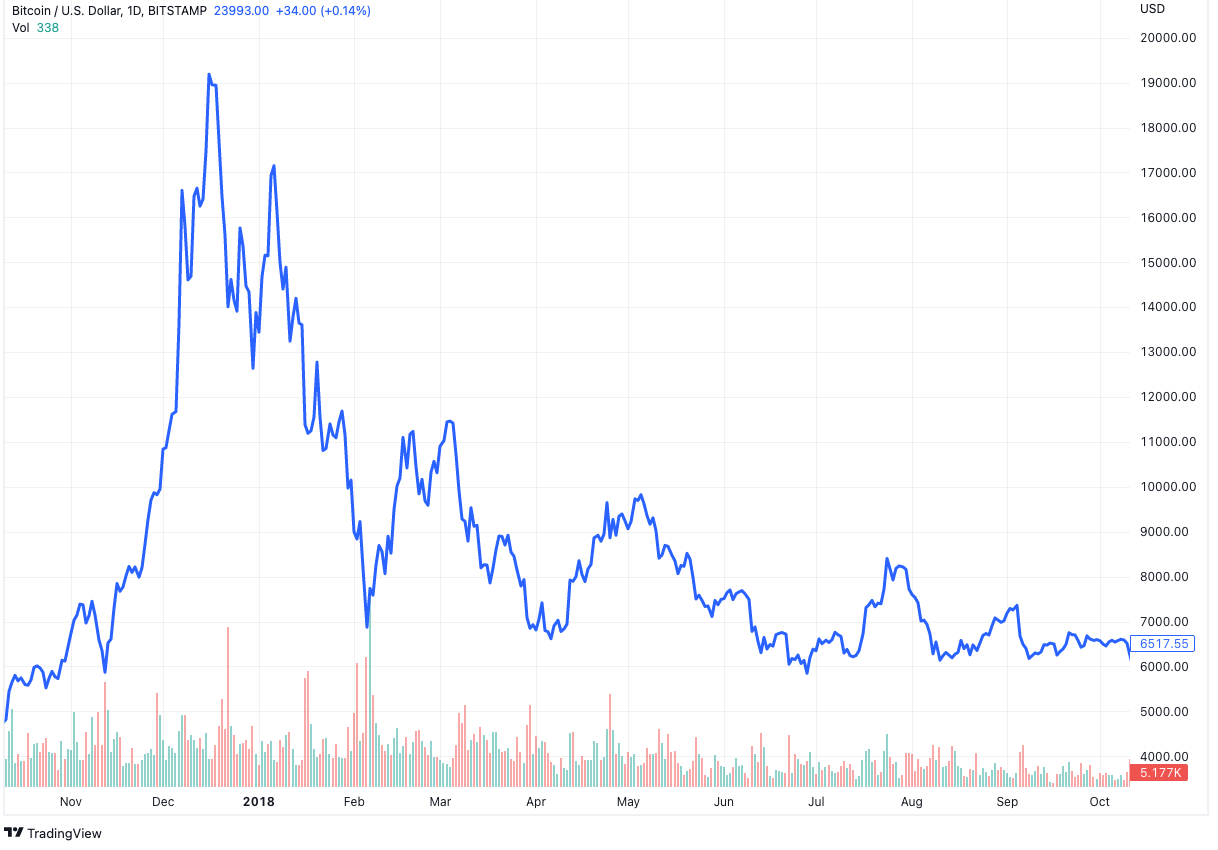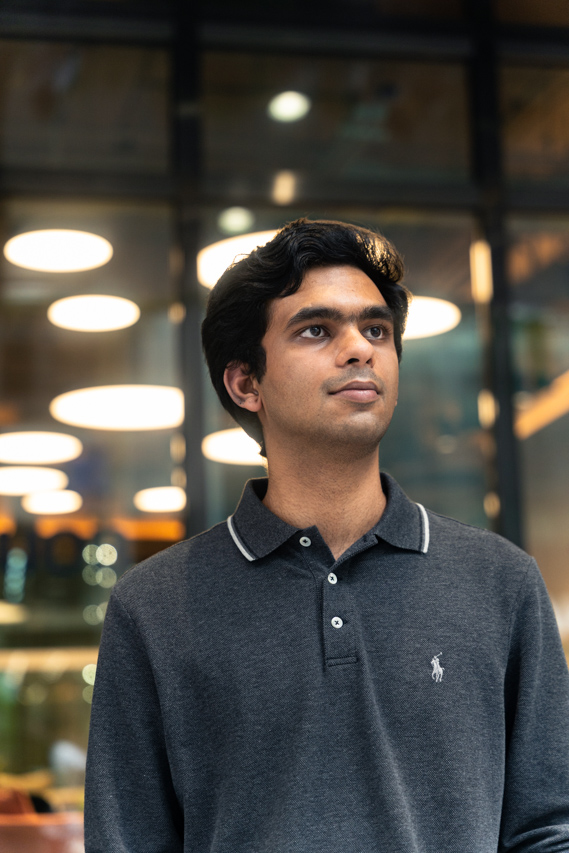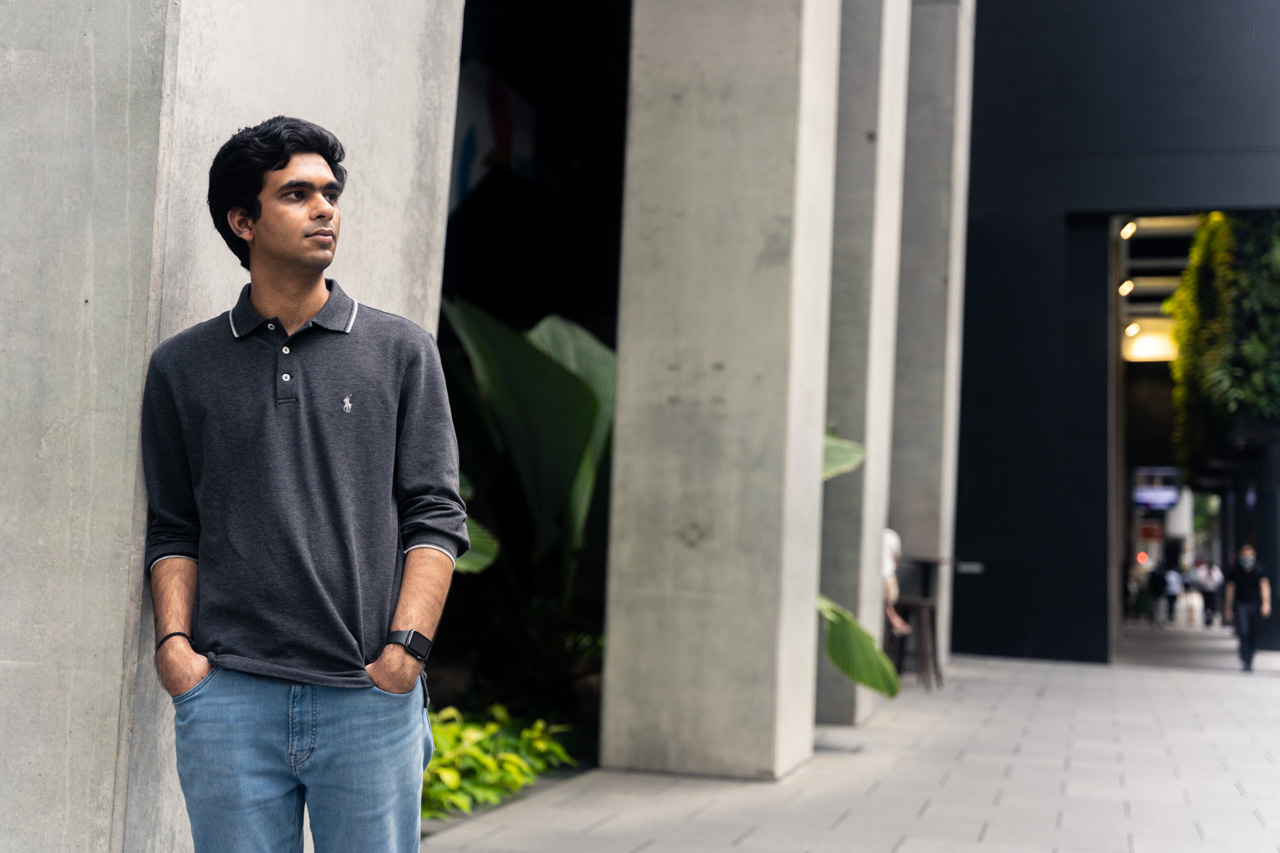Table of Contents
For many, turning 21 is a right of passage for complete decadence and debauchery. However, for one Singapore-based 21-year-old, a lifestyle of degeneracy has been traded for a life of DeFi.
Sharvin Baindur, who celebrated his 21st birthday at the end of 2021, works as the chief of staff of venture capital firm Saison Capital, with a focus on crypto. Apart from sourcing deals, his responsibilities include ensuring research is of the highest calibre to make fund and strategic decisions for the firm.
But how did the young executive rise up the ranks so rapidly? Blockhead sat down with Baindur to find out more.

Baindur’s interest in the markets began at the tender age of 15. “I mainly just wanted to explore trading as a young kid with no money,” Baindur explains. “I wanted my own pocket money without asking my parents, and I also wanted to trade something that matters to the world.”
That “something” came in the form of commodities. “I was trading commodity derivatives and pharma stocks,” he recalled. “I came to the conclusion that commodities and pharma play a key role in any human’s life.”
From Hater to Lover – Baindur’s Crypto Journey
After a year of commodities trading, Baindur entered the crypto market but was fervently anti-crypto. “I was going through the concepts and use cases of crypto in 2017,” he said. “Back then crypto didn’t make any sense to me in terms of its application. And using that information and due diligence, I placed a couple of shorts on Bitcoin and Ethereum.”
“It was tough because the prices skyrocketed in 2017, but I still had my conviction that it would go down because there wasn’t a use case. The narrative back then that people were saying was, ‘Bitcoin and Ethereum are going to be used as your everyday currencies.’ To me, it’s the equivalent to using the architecture of Google Chrome for your currency. It made no sense. I opened other short positions in November and December, and two months later it paid off really nicely.”

Baindur’s stance took a turn as the ERC-20 token standard became more prevalent. “There was actually a legit case for crypto because you had tokens using Ethereum as the underlying technology. But obviously, the projects were not pretty good. And they were pretty scammy in nature, I would say 95% of them, but Ethereum still had a use case. So I was 50% in terms of my bullishness with crypto at that point.”
Fast forward to 2020, Baindur found himself surrounded by friends investing in Solana. “I went all in somewhere around 30 cents in 2020, and that’s when I became more involved in crypto.” For Baindur, Solana’s proof of stake concept was “faster and way more scalable” than Ethereum. “I loved the vision of Solana having a Nasdaq vision and I loved their founders. I thought finance or banking would be the first major industry to be disrupted by crypto. At that time, I contributed to a number of CLOBs, AMMs and derivative indexes.”
When trading derivatives, Baindur was aiming for a 80%+ per annum gain but managed to cross 4x yearly. For crypto, the young trader is “easily surpassing 390x in total gains.”
From Teen to VC – Baindur’s Professional Career
In 2018, Baindur sought an investment career but also wanted to learn more about the back end. “I wanted to have an investment career but get into something where I could learn how things are being built. With that knowledge, I wanted to accelerate my learning curve and potentially add values to companies. That’s why I was keen on VCs.”
Baindur then secured a 6 month internship with VC firm Tryb before enrolling in national service (NS). His time at NS didn’t slow him down, however. “After my NS hours, I took it upon myself to actually learn more about other asset classes, including private equity, funds of funds, and distressed assets.”
Towards the end of his NS, he cold messaged Saison Capital. “They were kind enough and really open-minded to actually look at the deals I sent across,” he said. “It was surprising for me, considering they were a pretty well-known VC fund. They hopped on a call with me to discuss some deals that were interesting to them. I interned with them and also worked on family office stuff before joining them full time as chief of staff in June 2022.”

For Baindur, Saison’s open minded stance and willingness to find the hidden potential in everyone are values he holds dear. Additonally, Saision serves as the VC arm of a large Japanese financial services firm, Credit Saison, the leading credit card company in Japan and one of the largest wholesale lender in Japan, Southeast Asia and India.
“I kind of learned that they wanted to go more deeper into crypto investments,” Baindur explains. “And I thought it was a fantastic idea to be part of it in really awesome industry.”
Baindur’s Outlook
Unsurprisingly, Baindur isn’t shaken by crypto winter. “We’re in a bear market for sure but the entire world is in a bear market for all asset classes,” he says. “It all started with TradFi markets because in August 2021, for the first time ever – or at least for more than two decades – junk bond yields were lower than your grade A bonds, which is a very serious issue. The very large quantitative easing that happened in the US also triggered it. Riskier markets such as crypto are the last ones to get affected.”
If anything, Baindur is even more bullish in the long term. “Now there are so many awesome protocols that are looking to onboard real world use cases on the chain. As long as we’re having these protocols doing really productive stuff, it makes a huge difference. In terms of tech, it’s still not the best, and there’s a lot of work still to be done.”
Baindur’s advice for young budding investors? “For financial markets, always seek permission from your parents. Ask them if you can use their brokerage. That’s what I did!”

“Perhaps start off with small deposits depending on the due diligence you think you’ve have done. It’s a crypto rabbit hole, you go in and figure stuff out along the way. For crypto, developers are always open to chat with you. Discord is there for you too. Just get involved with everyone in the community; VCs and founders in the ecosystem are open to chat with anyone as long as they’re showing keen interest and know their stuff.”
When asked about his secret to his success, Baindur said he creates diagrams for his investment theses. “You need to make sure it makes logical sense,” he explains. “If you go for a really super complicated investment thesis, and you frame it out in diagrams, you’ll find a lot of flaws there. Each time you craft your investment thesis, craft simple diagrams on Word or Powerpoint, and ensure there’s a logical flow in your diagrams.”
“For example, being bullish on Ethereum in 2017 – there’s no thesis, because there’s no use case. It’s not a currency, which should not be volatile. If it’s not a currency then it’s an underlying technology, so what’s the use case? And how legit is that?”
Baindur’s Insights
Baindur is also known in his network for diving into the mechanisms behind projects to help Web2 founders transition to Web3. Sharing these insights with Blockhead, the young investor said the following trends are on his radar.
1. Architecture and Layer 1 competition: There is an increased competition among monolithic vs. modular architecture options for a L1 (Layer 1) with chains like Aptos, Solana, Celestia and Cosmos out there. While there are pros and cons for each, a key deciding factor would be whichever chain has a dApp (decentralized application) with mass market adoption to draw in non-crypto folks. If the latter architecture i.e modular chains become more popular, newer waves of startups would need to come in to fulfil the innovation gap.
2. On derivatives in DeFi: More work is needed in the derivatives space considering the derivatives penetration in DeFi is still less than 10% – in comparison it is slightly higher in CeFi and even way beyond imagination in TradFi. This shows there are huge exponential growth possibilities. Composability in DeFi would allow folks to build various complex financial structured products that had access previously to only large institutional firms or bigger family offices.

3. On his hopes for the next “summer”: Crypto has gone through many seasons but after DeFi summer and, NFT summer, I’m hoping for an institutionalisation summer. The institutions I’m referring to would be non-crypto. A wave of industries coming into the sector will help to solidify legitimacy and accelerated growth for the industry as a whole. One great recent example would be the collaboration between Coinbase and BlackRock.
4. On the road to financial inclusion: Many have tried to spark financial inclusion via crypto but I’m of the personal view that this is only possible via chains with low gas fees. But of course protocols and investors in the ecosystem need to do their part in terms of educating the non-crypto populations too.









